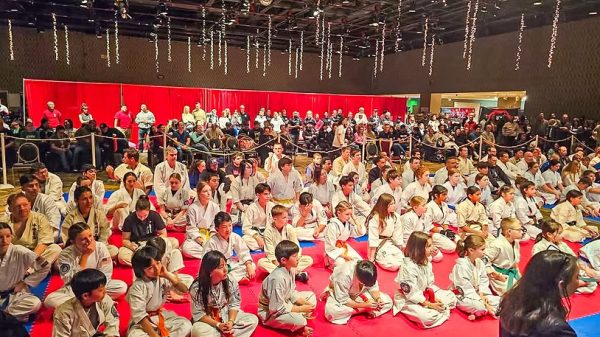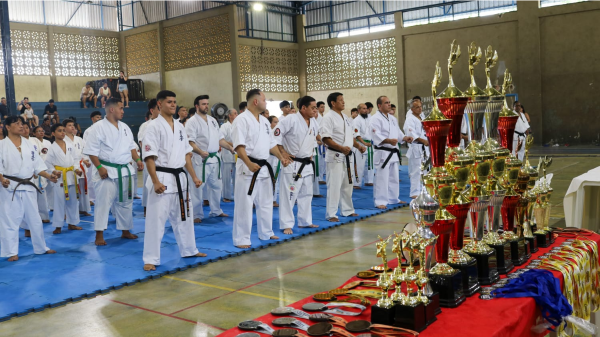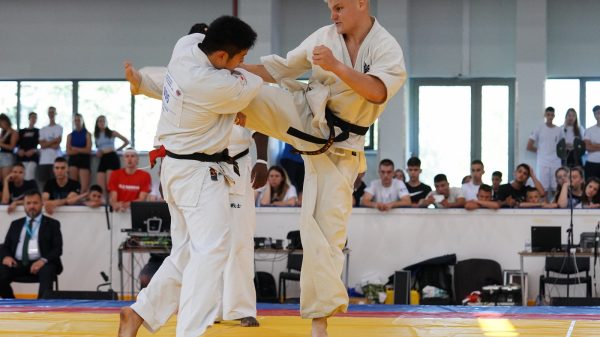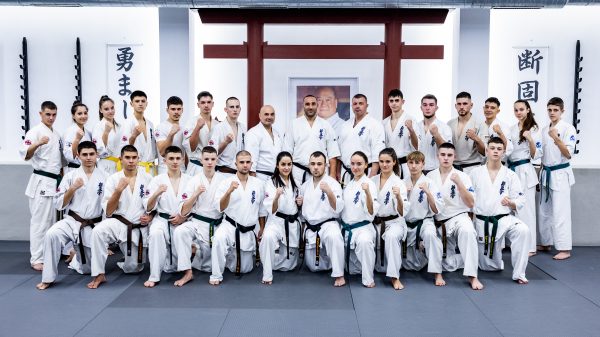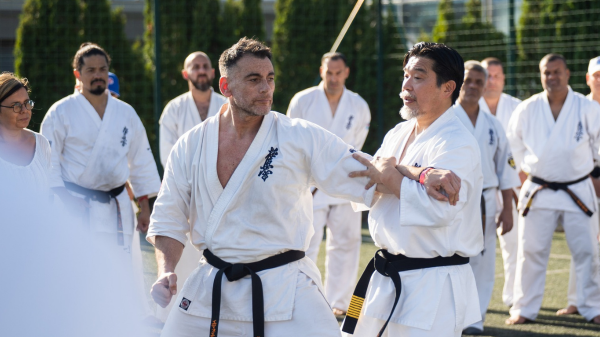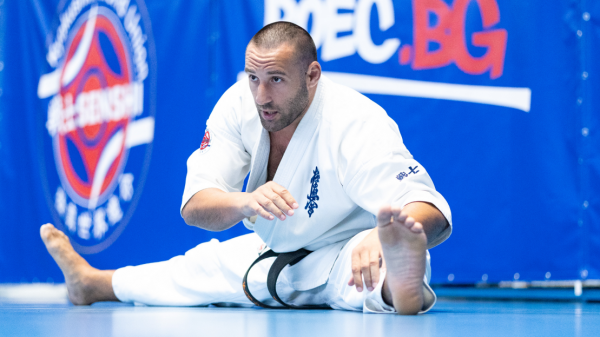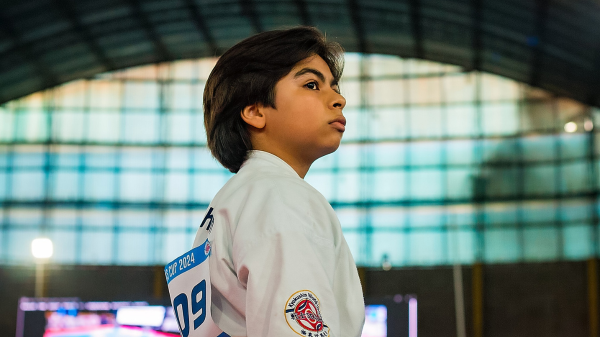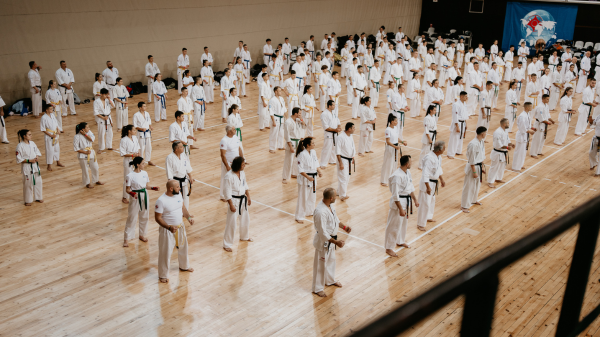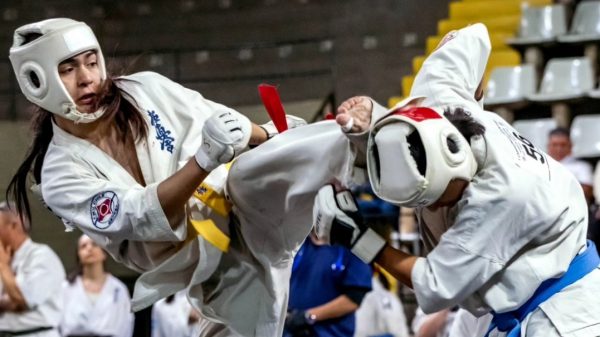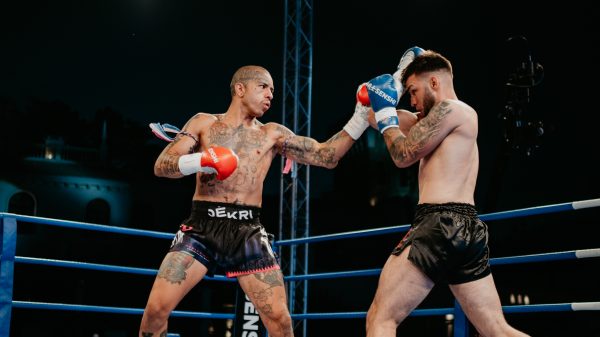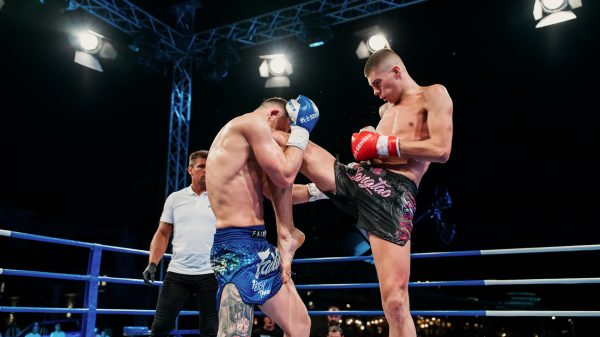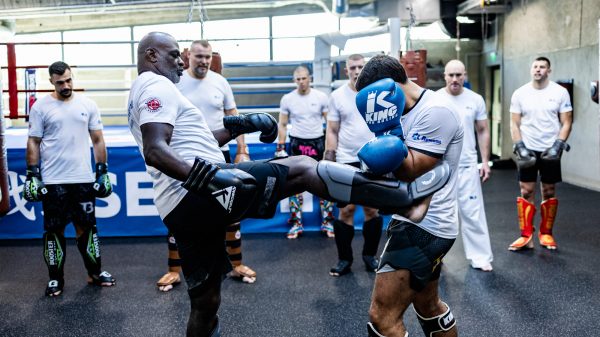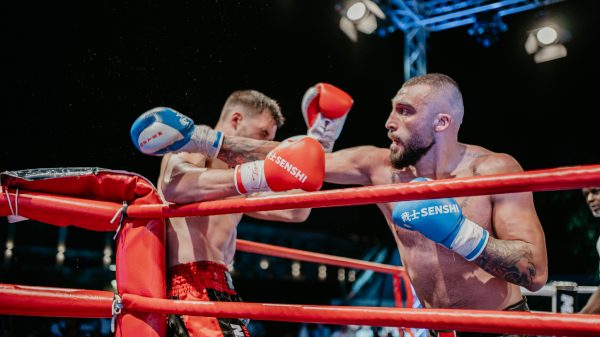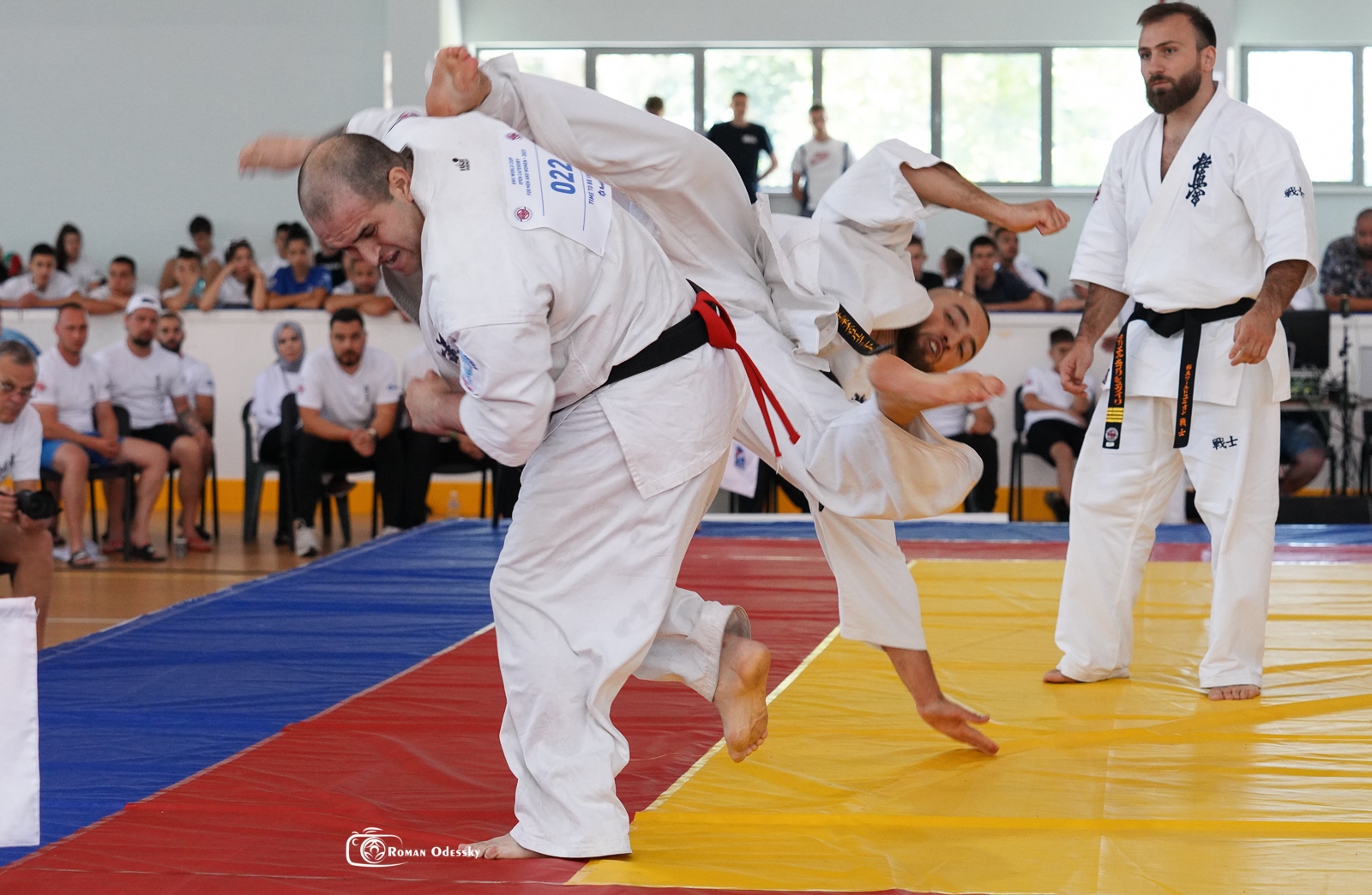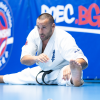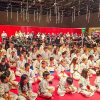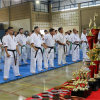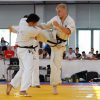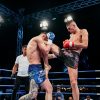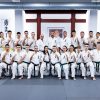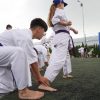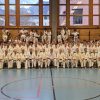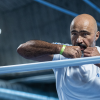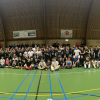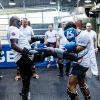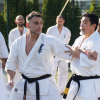Kyokushin karate, known for its full-contact sparring and rigorous training methods, builds balance and power through techniques that push your body to the limit. Here’s how you can improve both, the Kyokushin way:
1. Foundation of Balance
Balance is essential in Kyokushin, not just for executing precise strikes, but for withstanding attacks. Here’s how to train for it:
a. Stances
Kyokushin emphasizes strong, rooted stances like Kiba dachi (horse stance), Zenkutsu dachi (front stance), and Kokutsu dachi (back stance). These develop lower-body strength and stability. Practice standing in these stances for longer periods, ensuring your center of gravity is stable.
b. Footwork Drills
Practicing quick, agile movements helps with dynamic balance. Incorporate drills that involve moving in all directions (front, back, side) while maintaining a strong stance. Focus on the tai sabaki (body movement) to enhance your balance while evading or countering attacks.
c. One-Leg Balance Exercises
Use single-leg exercises, such as standing on one leg while kicking with the other (like the mawashi geri or yoko geri), to improve balance. Hold each position for several seconds to engage your core and strengthen the stabilizing muscles.
2. Building Power the Kyokushin Way
Power in Kyokushin doesn’t come just from muscles; it’s about generating force from the entire body. Here’s how to develop that explosive strength:
a. Full-Body Engagement
In Kyokushin, the power in techniques like the gyaku tsuki (reverse punch) or low kick comes from the legs, hips, and core working together. Focus on hip rotation and torque generation by practicing slow, controlled movements, then increasing speed while maintaining the technique.
b. Resistance Training
Strengthen your core and legs, which are key for balance and power. Incorporate exercises like squats, lunges, and deadlifts to build raw power. Plyometric exercises such as jump squats and explosive push-ups are great for increasing striking power.
c. Bag Work
Practice heavy bag training to condition your muscles for impact. Strikes against resistance will not only increase your striking power but also improve your ability to stay balanced after delivering a strong blow.
d. Impact Training
Conditioning your body to absorb and deliver hits is a staple of Kyokushin training. Engage in makiwara training (striking a padded post) or tameshiwari (breaking objects like boards or bricks) to toughen your body and boost striking power.
3. Breathing and Ki Control
In Kyokushin, balance and power aren’t purely physical—they also come from mastering your breathing and energy flow. Ibuki breathing (controlled, deep abdominal breathing) is crucial for channeling power efficiently and maintaining composure, especially during intense sparring sessions.
4. Sparring and Kumite
Nothing tests your balance and power better than sparring. Kyokushin’s full-contact kumite sessions are intense, teaching you how to stay grounded under pressure while delivering powerful techniques. Start with light sparring, focusing on maintaining your stance, and gradually work your way up to full contact.
Incorporating these Kyokushin methods into your training will help you improve both balance and power, preparing you to take on the rough and tumble nature of this martial art with strength and agility.


